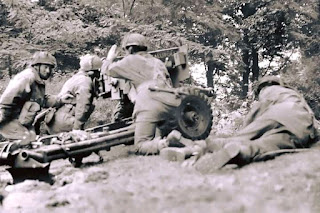remembering of the bravery of Allied troops during Operation Market Garden (the battle for Arnhem) in #ww2.
remembering of the bravery of Allied troops during Operation Market Garden (the battle for Arnhem) in #ww2,
fought against overwhelming odds in the German-occupied Netherlands from 17 to 27 September 1944, with the aim of creating an Allied invasion route into northern Germany.
fought against overwhelming odds in the German-occupied Netherlands from 17 to 27 September 1944, with the aim of creating an Allied invasion route into northern Germany.
Although Operation Market Garden succeeded in capturing the Dutch cities of Eindhoven and Nijmegen along with many towns, and a few V-2 rocket launching sites, it failed in its primary objective: securing the bridge over the Rhine at Arnhem.
The First Airborne Division was unable to secure the bridge and was withdrawn from the north side of the Rhine after suffering 8,000 dead, missing, and captured out of a complement of 12,000 men. Five Victoria Crosses for valour were awarded during the action.
The first photo shows men of HQ Troop of 1st Airlanding Brigade Reconnaissance Squadron at Wolfheze on the outskirts of Arnhem, on 18 September 1944. The man on the left is manning a PIAT.
The second photo shows men of the 2nd Battalion South Staffordshire Regiment entering Oosterbeek along the Utrechtsweg on their way towards Arnhem, on 18 September 1944.
On 20 September 1944, 'Gallipoli II', a 6-pdr anti-tank gun of No. 26 Anti-Tank Platoon, 1st Border Regiment, 1st Airborne Division, is pictured in action in Oosterbeek.
The gun was at this moment engaging a German PzKpfw B2 (f) Flammpanzer tank of Panzer-Kompanie 224 and successfully knocked it out.
Nijmegen and Grave 17-20 September 1944: British engineers are pictured removing the charge which the Germans had set in readiness to blow the Nijmegen bridge.
The next photo shows Allied tanks of British XXX Corps crossing the road bridge at Nijmegen during its capture.
The final photo shows four British paratroopers moving through a shell-damaged house in Oosterbeek to which they had retreated after being driven out of Arnhem.






Comments
Post a Comment